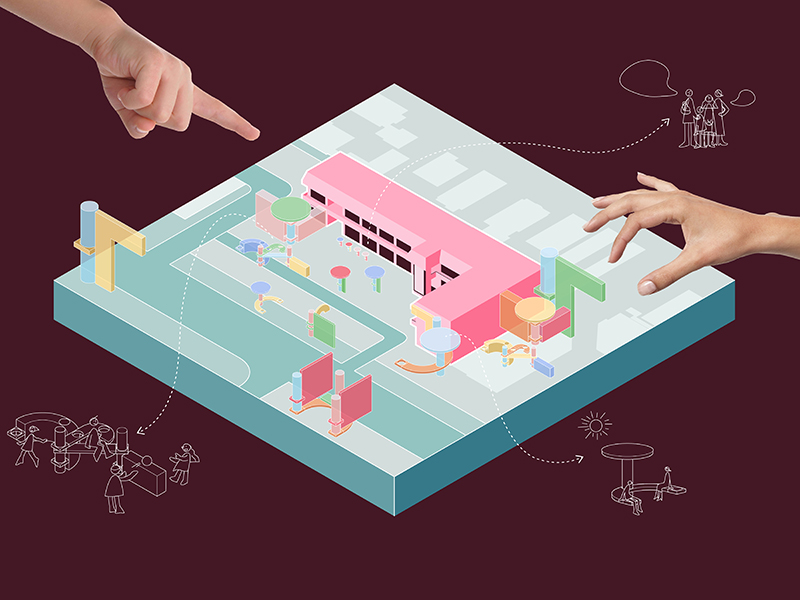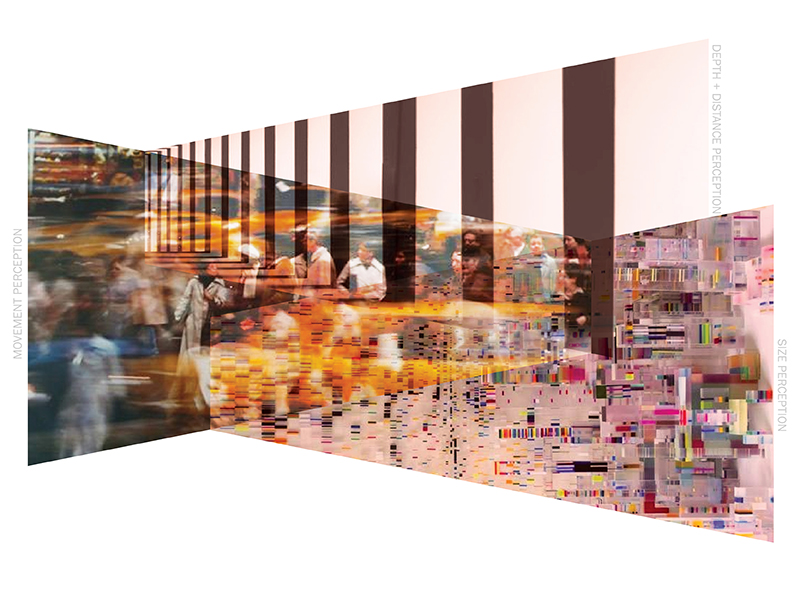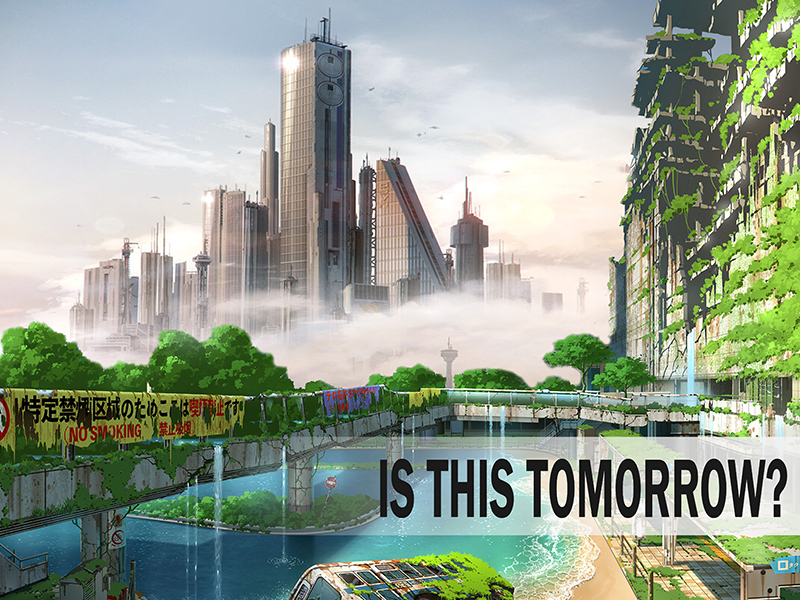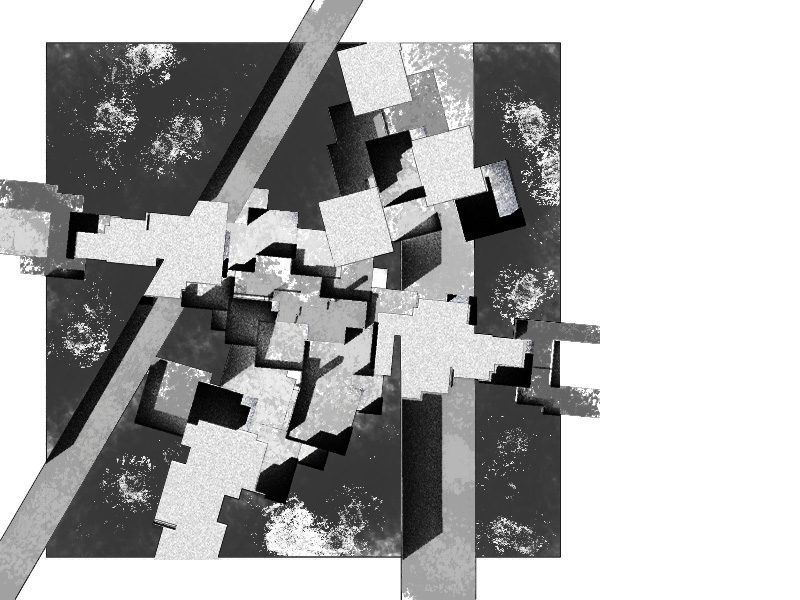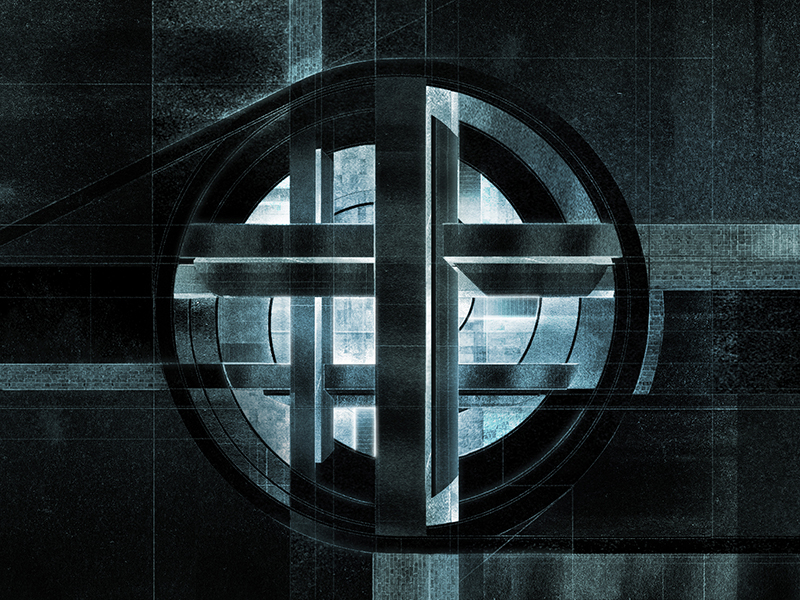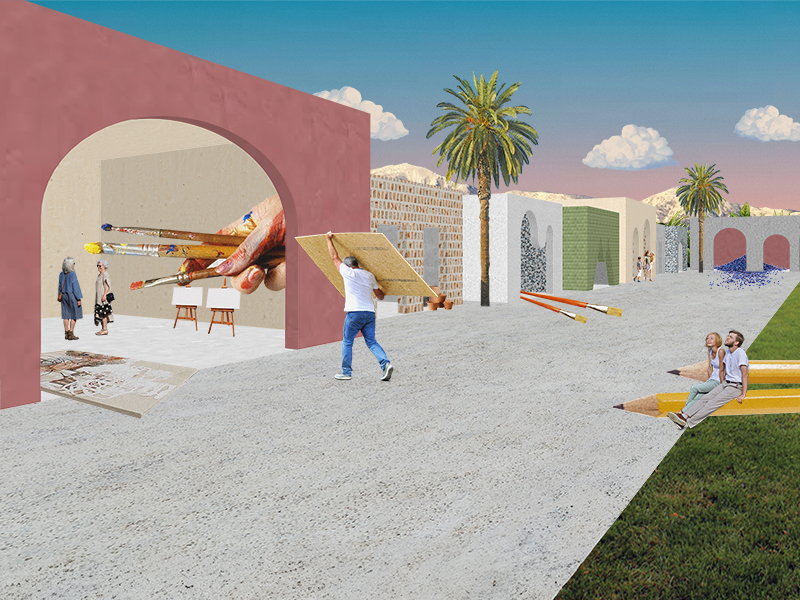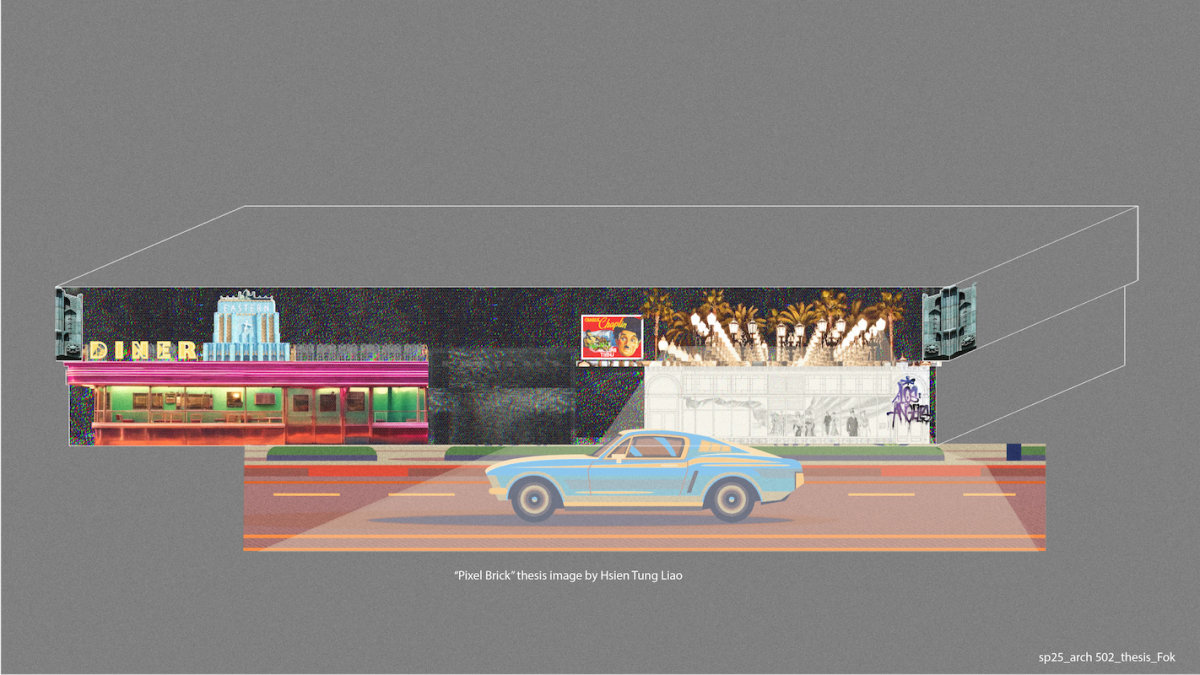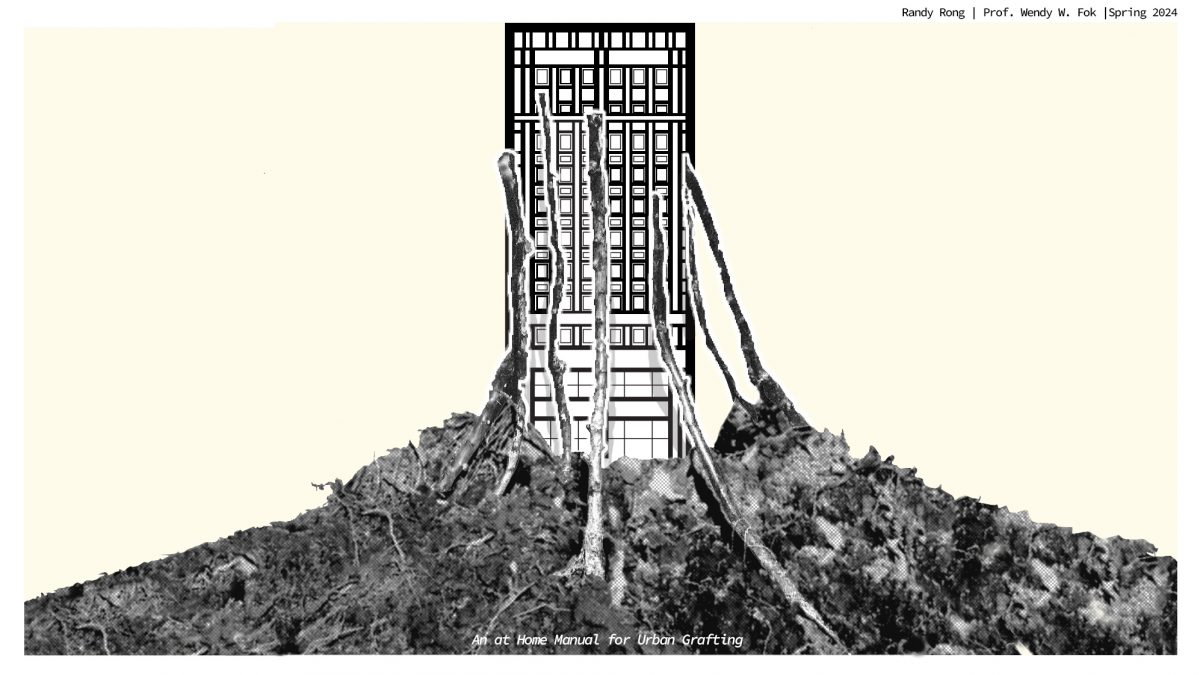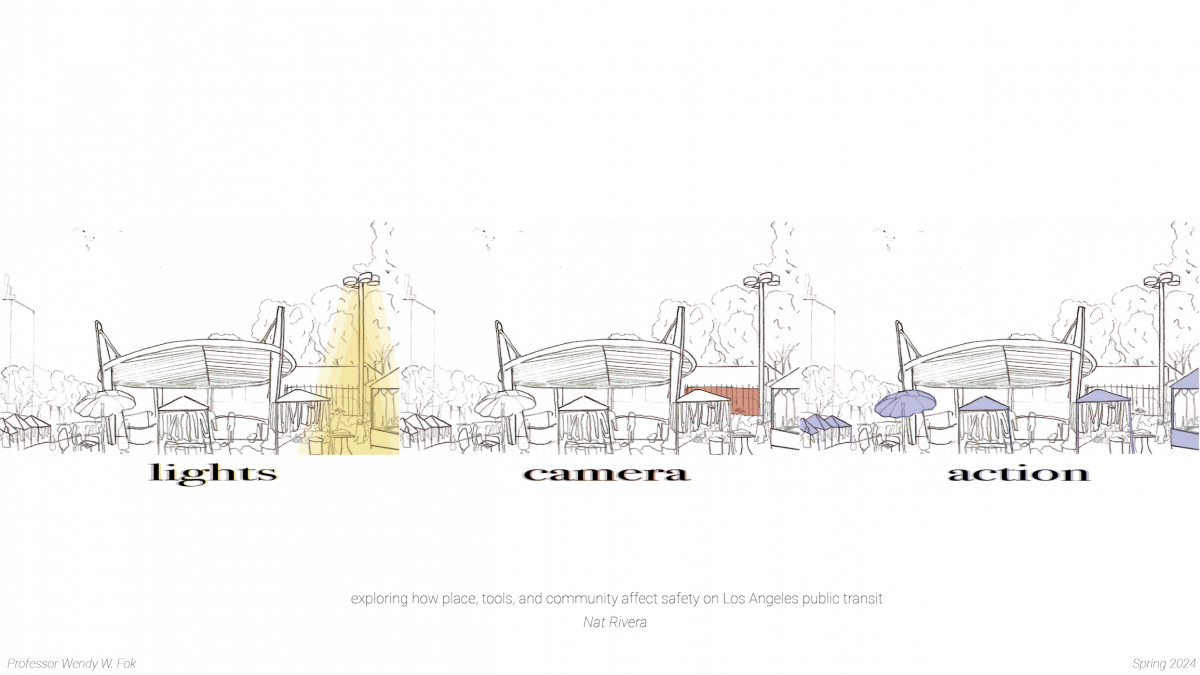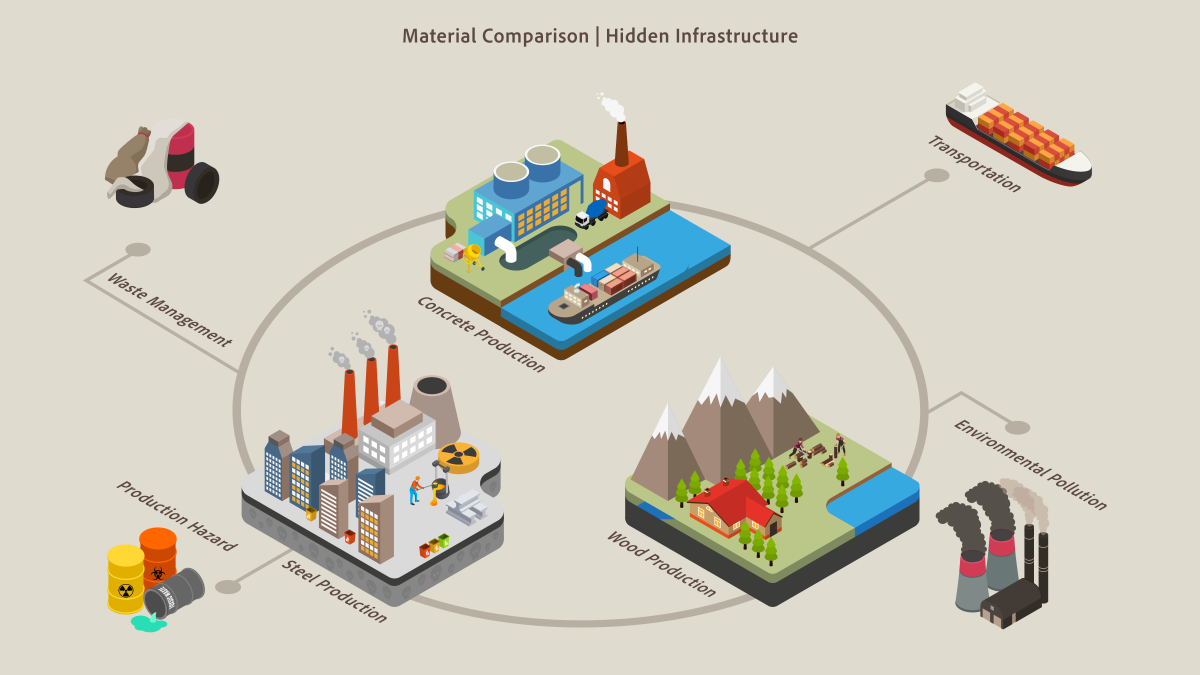Spaces cannot be truly public when they are created through vertical design processes that are exclusionary and hierarchical. Both top-down and bottom-up design methods marginalize certain groups, creating power dynamics that dismiss the voice of the public. The Lateral Design Process serves as a mechanism for equalizing the design process that is reflective of compromise and equity. Achieving this requires a design toolkit, accessible to all, regardless of expertise and background. Thus, Anchors and Attachments is an adaptive and interactive toolkit, used to demonstrate the potential of collaborative stakeholder engagement.
